Unearth Egypt's rich history at the National Museum of Egyptian Civilization. Explore 50,000 artifacts, royal mummies, and diverse eras. Immerse in a futuristic museum, a gateway to ancient wonders and cultural insights.
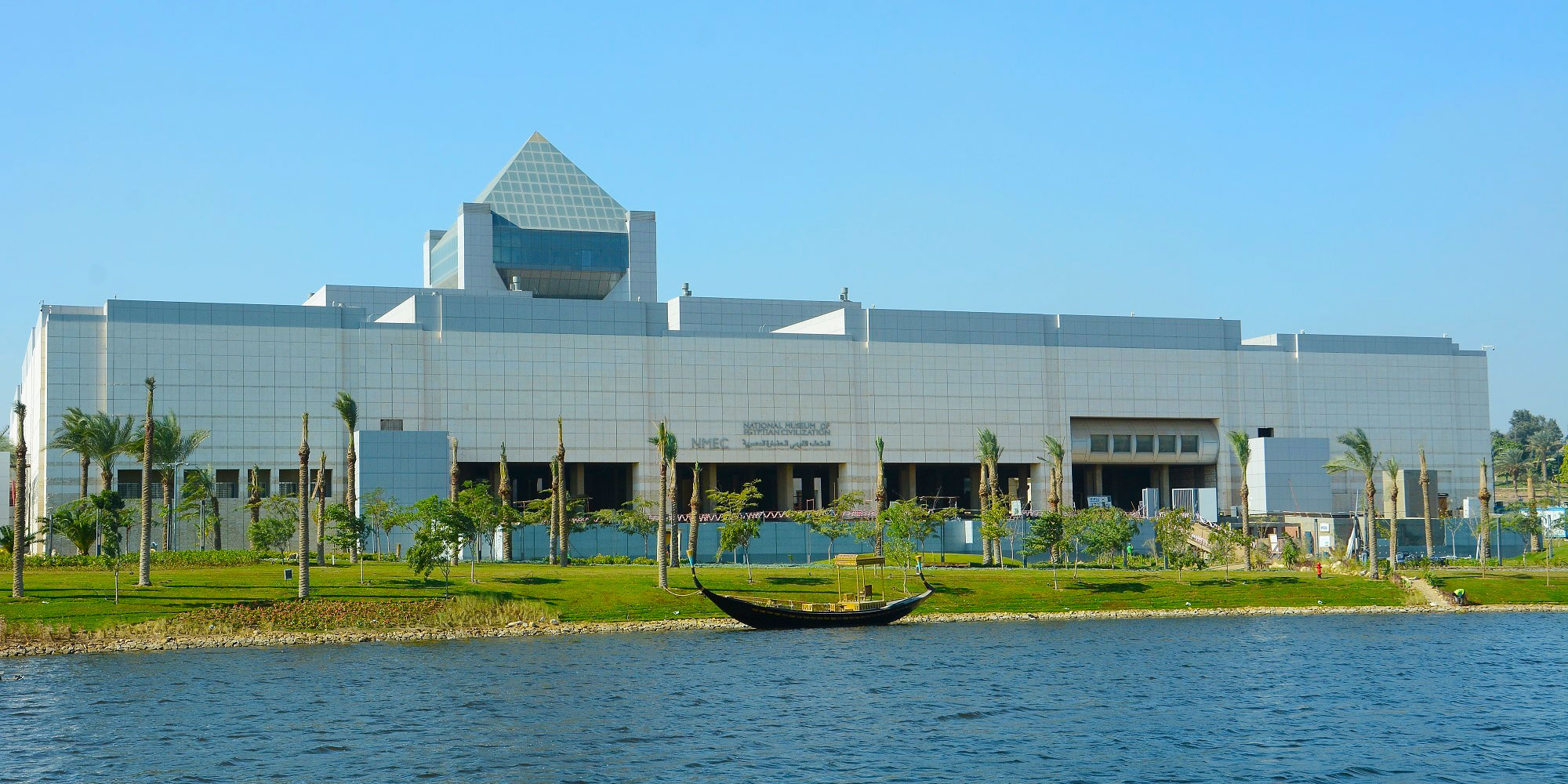
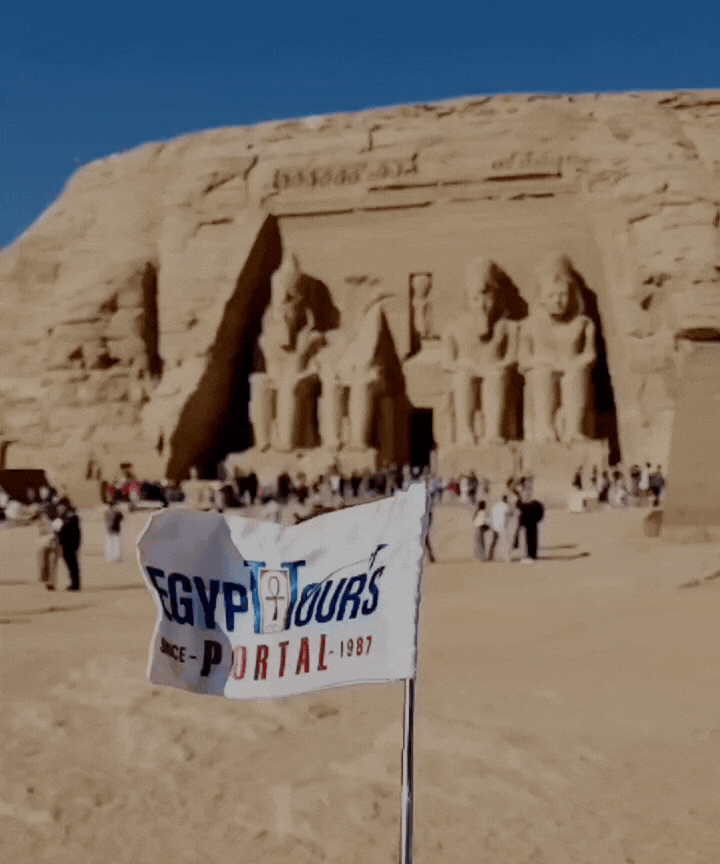
The National Museum of Egyptian Civilization is a portal leading to a whole new world filled with majestic treasures that display the unique collections of monuments and artifacts ever created, showcasing the beauty, glory, and all the intangible and hidden secrets of the ancient Egyptian civilization, and displaying a deeper understanding of the Egyptian rich culture in the most relaxing, welcoming, and exciting environment. This awesome institution serves as a hot spot for debate, open dialogue, and the exchange of ideas.
The elements that led to the most advanced and scientific civilization can be explored vividly through the doors of the incredible museum. The National Museum of Egyptian Civilization aims to provide a clear vision of the past, present, and future of the Egyptian civilization and preserve & display all the monuments and artifacts of Egypt for all future generations.
It is one of the most ambitious projects done by the Egyptian Ministry of Tourism and Antiquities with the help of UNESCO to construct an entirely devoted museum of the Egyptian civilization. The National Museum of Egyptian Civilization became a unique cultural hub in the whole region that sheds light on the diverse history and culture of Egypt across the ages up to more than 4000 of art and beauty that was able to cross the boundaries of time & space and shape the current awareness of the Egyptian land.
The location of the National Museum of Egyptian Civilization is very unique as it is located on the archaeological site of the ancient city of El just in old Cairo, which was the first capital of Egypt during the beginning of the Islamic age, which overlooks Ain El Seera Lake.
This futuristic house of culture and entertainment sits on an area of 33 acres "960, 0000 Square Meters" and consists of three levels that were designed by an Egyptian architect, El Ghazzali Kosseiba, and the exhibition spaces are being designed by a Japanese architect, Arata Isozaki.

The National Museum of Egypt Civilization hours span from Saturday to Thursday, starting at 9:00 AM and concluding at 5:00 PM, with the final ticket admission accepted at 4:00 PM during this period. On Fridays, they maintain the same daytime schedule, running from 9:00 AM to 5:00 PM, with the last ticket admission again at 4:00 PM. However, they extend their service into the evening on Fridays, reopening from 6:00 PM to 9:00 PM and accommodating visitors until 8:00 PM for the last ticket admission.
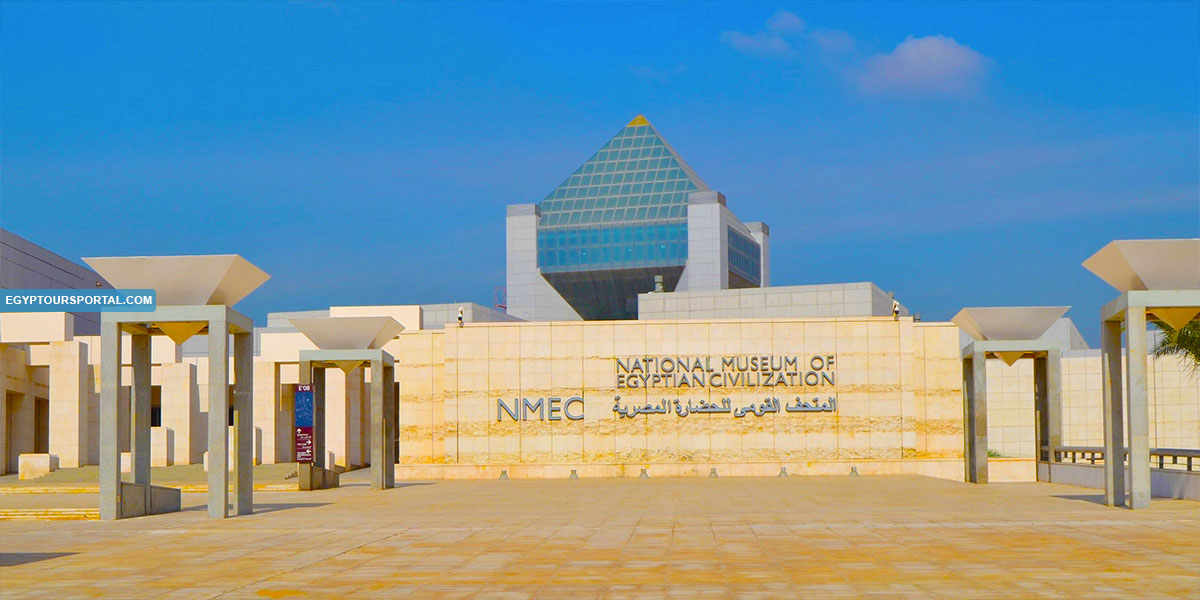
The story of the NMEC begins in 1982 when UNESCO and the Egyptian government started a new campaign was launched to find a design for the Nubian museum in Aswan and the National Museum in Cairo, the winner of the international architectural competition was an Egyptian architect. In 1999, Al Fustat became the home of the new NMEC.
The Egyptian Authorities, the Ministry of Culture, and the joint efforts of UNESCO have been able to establish a museological institution that is able to shed some light on the cultural aspects of Egypt's diverse and rich history of Egypt with the help of advanced technology and aesthetically methods used in today's museums.
On the 3rd of April 2021, at sunset, A huge event was organized under the name The Pharaoh's Golden Parade to transport the 22 Mummies from Cairo's Tahrir Square to the National Museum of Civilization across 5 km (3 mi) under massive celebrations.
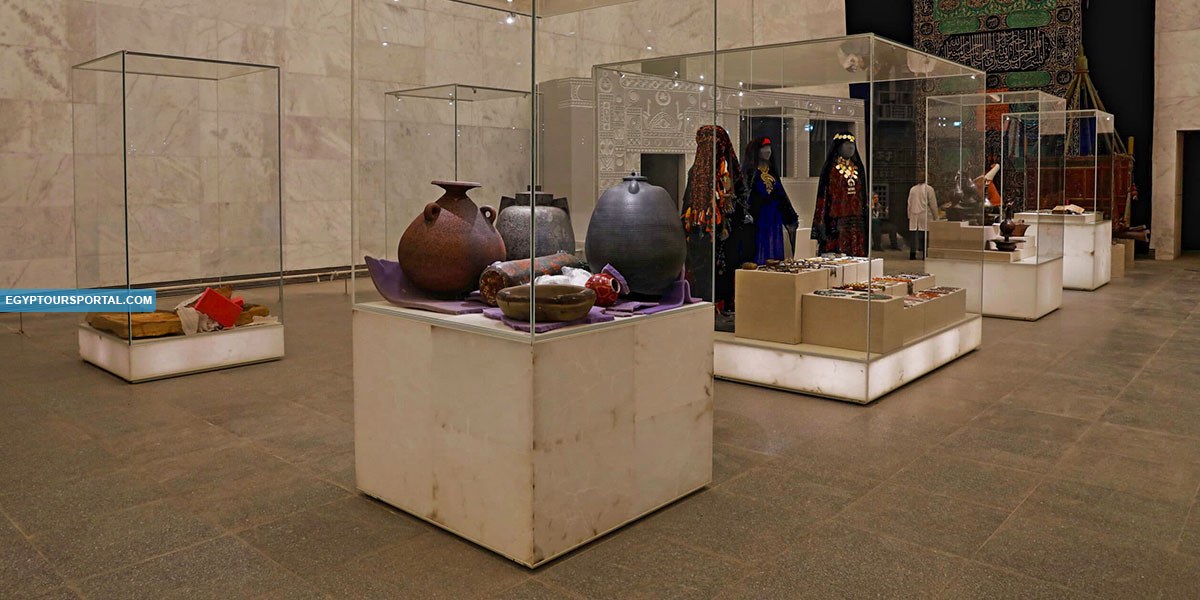
The NMEC showcases the amazing wonders of the Egyptian civilization and art pieces across the chronological areas, such as modern & contemporary Pharaonic, Archaic, Greco-Roman, Medieval, Coptic, and Islamic plus thematic galleries that will follow state and society, writing, the Nile, six thematic galleries covering the dawn of civilization, beliefs & thinking material culture, and the Royal Mummies gallery. The exhibits had broader objectives, including preserving Egypt's tangible and intangible heritage related to these crafts, highlighting Egypt's leading role in these fields throughout history, fostering patriotism and pride in Egyptian heritage, and promoting community engagement by addressing contemporary issues and advocating for societal development.
The museum launched a temporary exhibit called 'The Egyptian Crafts Through the Ages' in February 2017, covering a sprawling space of about a thousand square meters. The exhibit's goal was to narrate the history of Egyptian craftsmanship, spanning various domains like hunting, agriculture, pottery, textiles, woodworking, jewelry, metalworking, and glassworking. However, the focus narrowed down to four crafts: pottery, textiles, woodworking, and jewelry. The exhibit showcased genuine ancient artifacts alongside replica objects. The Textile galley holds 600 pieces, some of which include dresses of Queen Nariman and some garments worn by servicemen.
The pottery section displayed items from the Badari culture, Naqada I, II, and III cultures, and pieces from different historical periods up to contemporary times. Similarly, the textile section chronicled Egypt's renowned linen production and documented the evolution of textile manufacturing, featuring relics from ancient tombs and archaeological sites. Woodworking was highlighted through depictions on tomb walls and displays of furniture and wooden artifacts from various historical periods.
The jewelry section, tracing back to prehistoric times, exhibited stunning pieces from different royal lineages, showcasing crowns, pendants, earrings, bracelets, and amulets made of gold and silver, showcasing Egypt's intricate craftsmanship and symbolism. The NMEC holds a rare archaeological dye-house that dates back to the first century of the Fatimid period, "969 – 1171 AD". It will display temporary exhibition spaces, an education & research center, and an auditorium, plus an exhibition on the development of modern Cairo. It will be the host of a variety of events, such as film screenings, lecture conferences, and cultural activities.
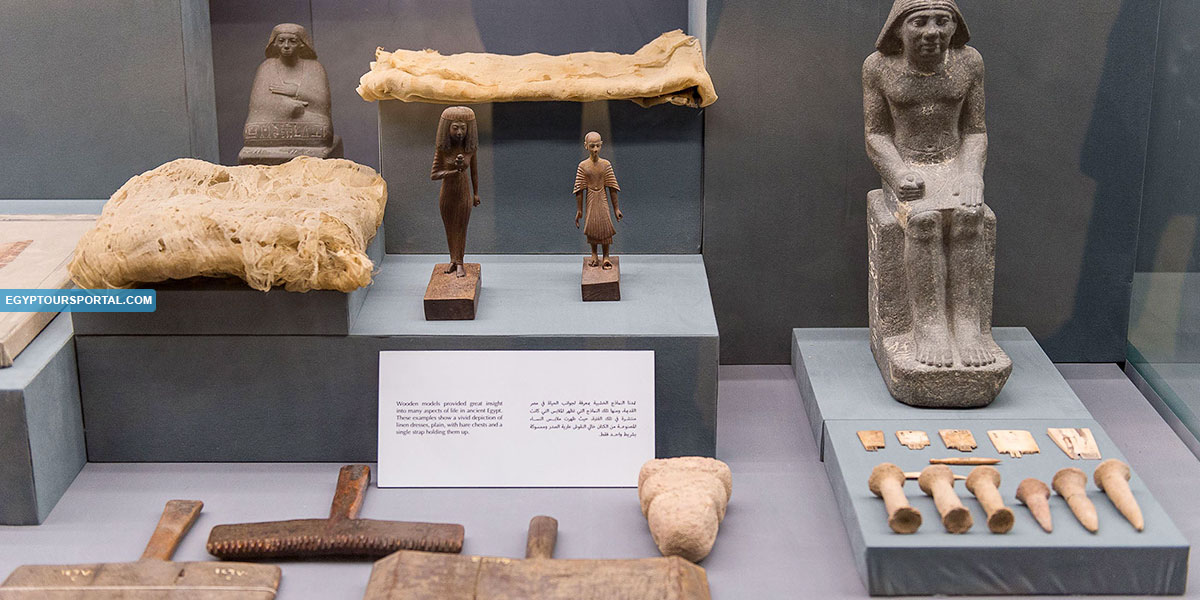
The National Museum of Egyptian Civilization is home to a number of amazing ancient Egyptian artifacts up to 50,000 that showcase the evaluation of the Egyptian civilization and offer the clearest vision of ancient Egyptian heritage, such as the birth plate from the New Kingdom of Ancient Egypt era (1570 – 1050 BC), the breastfeeding statue, and Thutmose III sitting, statues of King Amenemhat III in the shape of the Sphinx, a red granite statue of the ancient Egyptian scholar, a Greco-Roman era statue of the deity Nilus, about fifty niches from the Islamic era, and variety of small statues & amulets made of blue vines and many more.
The many exhibitions aspired to showcase the brilliance of ancient Egyptian craftsmanship and instill a sense of cultural pride and heritage preservation among visitors while addressing contemporary societal concerns. The artifacts celebrate Egypt's historical and creative contributions to global civilization and offer a glimpse into Egyptian heritage, convey messages about Egypt's enduring character across ages, and provide historical and technical insights to visitors of all ages and backgrounds through interactive mediums like panels, banners, films, and mobile apps. Also,
The National Museum of Egyptian Civilization "NMEC" is planned to hold 22 royal mummies accompanied by 17 royal coffins that date back to the 17th, 18th, 19th, and 20th Dynasties, 18 of the mummies are for kings, while the other 4 mummies are queens. Some of the transferred mummies are King Ramses II, King Seti I, King Seqenenre Tao, King Tuthmosis III, plus the great Queen Hatshepsut and Queen Ahmose Nefertari, the wife of King Ahmose I and Queen Meritamen, the wife of King Amenhotep I.
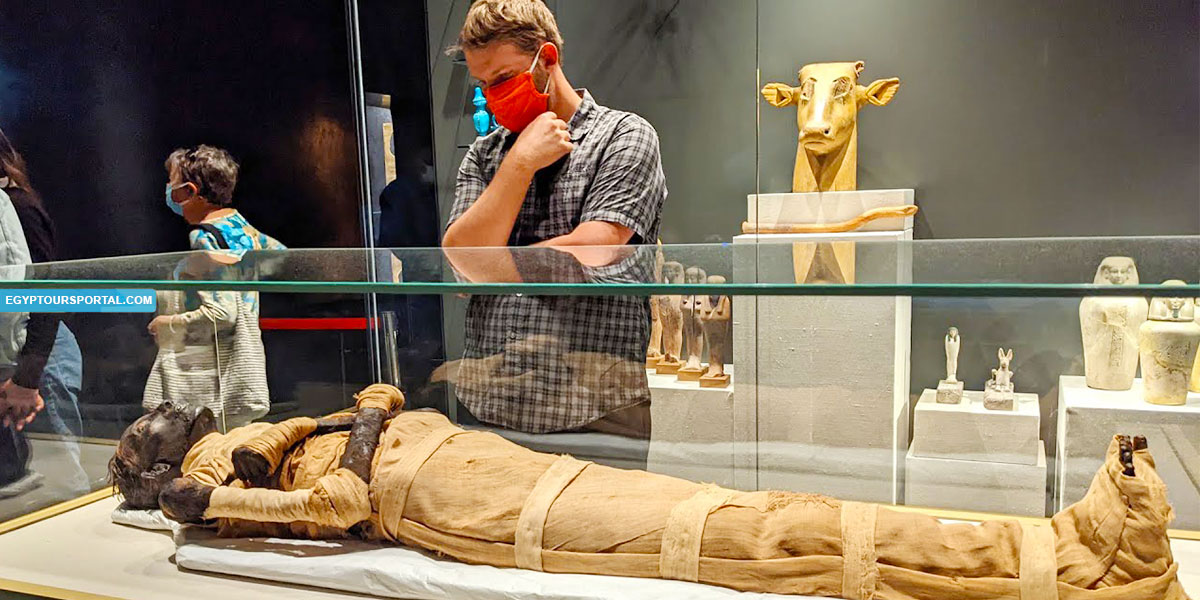
The Royal Mummy Hall lies in the deep heart of the main exhibit hall and is an extraordinary resting place for 22 royal mummies once housed in the Egyptian Museum. Each mummy occupies its own room, which allows visitors to have ample space and a closer look at these historical figures. Next to each former pharaoh lies a plaque detailing their reign and significant events from that era in Egyptian history, enriching the experience by providing context and insights into their lives and times. Some of the most famous mummies include:
Seqenenre Tao, Ahmose-Nefertari, Amenhotep I, Meritamun, Thutmose I, Thutmose II, Hatshepsut, Thutmose III, Amenhotep II, Thutmose IV, Amenhotep III, Tiye, Seti I, Ramesses II, Merenptah, Seti II, Siptah, Ramesses III, Ramesses IV, Ramesses V, and Ramesses VI.
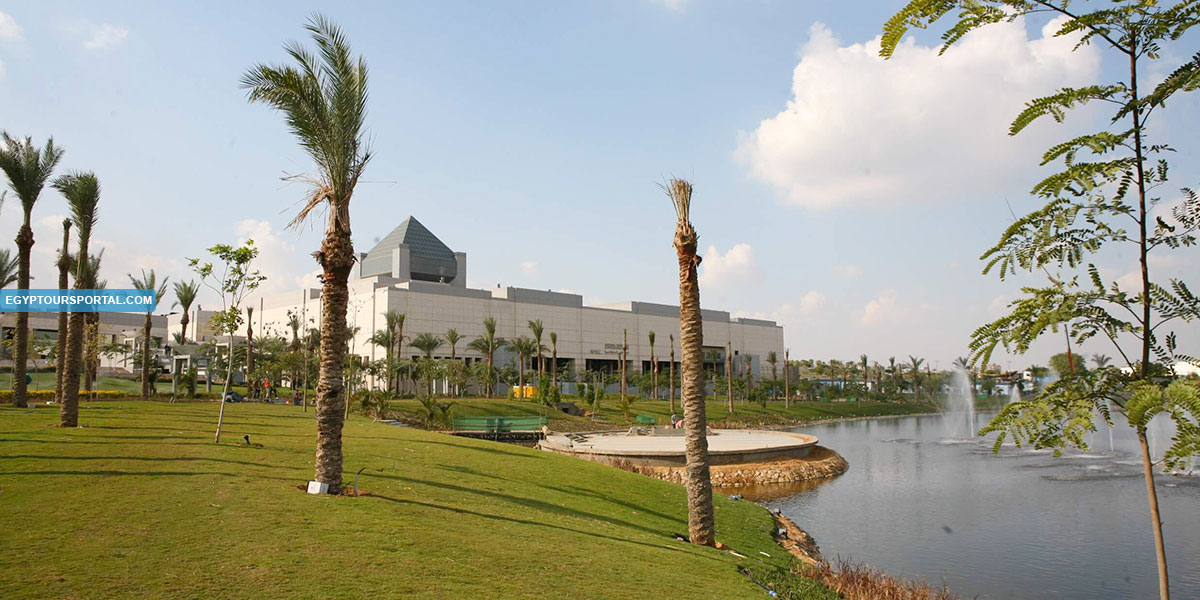
The NMEC's floor possesses the International Training Center, the first of its kind in Egypt, where every participant undergoes training under the hands of specialists in the fields of preventive maintenance, archaeological restoration, museum sciences, heritage preservation, human strains, and excavations with the help of the UNESCO.
It is the first two of its kind to implement the antiquities Reception area that governs the entry of artifacts inside the museum, plus the packaging & unwrapping operations. The National Museum of Egyptian Civilization is home to a number of 14 archaeological stores and a number of maintenance laboratories, workshops, restoration factories, and printing and publishing centers. There is also a massive theatre, cafeterias, restaurants, gift shops, and more.
The center of the museum works to provide the necessary intellectual & educational resources through the most recent publications and periodicals on the most important archaeological discoveries, seminars, archaeological exhibitions, and conferences held in or outside Egypt, plus the latest printings of scientific journals and books.
A new magical jewel just got added to the city of tales and wonders in Egypt to showcase the incredible beauty, brilliance, and mystery that is located behind each rare monument, so be one of the lucky few who will get to step through its heavenly doors and check now our amazing Egypt Tours.[/vc_column_text]
Private 4 Days Cairo Tour Packages for Indian Travelers 4 days Cairo Egypt Tour pack...
Tour Location: Cairo – Giza...
5 Days Cairo and Alexandria Tour Package For Indian Travelers 5 days Cairo and Alexa...
Tour Location: Cairo/Giza/Alexandria...
6 Days Cairo, Luxor & Aswan Tour Package For Indian Travelers 6 days Cairo, Luxo...
Tour Location: Cairo/Giza/Aswan/Luxor...
Amazing 7 Days Cairo and Hurghada Holiday for Indian Travelers 7 Days Cairo & Hu...
Tour Location: Cairo – Giza – Hurgh...
The National Museum of Egyptian Civilization is a marvelous museum that opened to the public in 2021. The house is truly worth visiting as it is filled with 50,000 artifacts, which showcases the rich history of Egypt from prehistorical times till this current moment. One of the most amazing features in the museum is the mummy hall, which houses 18 kings and four queens, including Ramses II and Queen Hatshepsut.
There is a major difference between the National Museum of Egyptian Civilization (NMEC) and the Egyptian Museum as The NMEC offers a clear narrative that explores the history of the entire civilization of Egypt from prehistorical times till the current moment.
Between three and four hours is considered to be an ideal time to explore all the magnificent wonders of Egypt found in the national museum, where everyone will get to enjoy interacting with all the exhibits and displays.
Booking the tickets for the National Museum of Egyptian Civilization (NMEC) can be done online or at the museum ticket office. Tickets are valid for one day and cost 200 Egyptian pounds for adults and 100 Egyptian pounds for students.
The National Museum of Egyptian Civilization (NMEC) houses about 18 kings and 4 queens, which include Ramses II and Queen Hatshepsut, plus many more. All the mummies were moved in 2021 during the Pharaoh’s Golden Parade.
The entire country of Egypt deserve to be explored with its every heavenly detail but there are places that must be seen before any other such as the breathtaking Hurghada's red sea, The wonders of Cairo the pyramids of Giza, the great sphinx, the Egyptian Museum, Khan El Khalili Bazaar, the wonders of Luxor like Valley of the Kings, Karnak & Hatshepsut temple and the wonders of Aswan such as Abu Simbel temples, Philea temple, Unfinished obelisk and The Wonders of Alexandria like Qaitbat Citadel, Pompey's Pillar and Alexandria Library. Read more about the best places to visit in Egypt.
If you want to apply for a Visa On Arrival that lasts for 30 days then you should be one of the eligible countries, have a valid passport with at least 6 months remaining and pay 25$ USD in cash, as for the E-Visa for 30 day you should have a valid passport for at least 8 months, complete the online application, pay the e-visa fee then print the e-visa to later be presented to the airport border guard. You could also be one of the lucky ones who can obtain a free visa for 90 days. Read more about Egypt travel visa.
Egypt has a variety of delicious cuisines but we recommend “Ful & Ta’meya (Fava Beans and Falafel)”, Mulukhiya, “Koshary”, a traditional Egyptian pasta dish, and Kebab & Kofta, the Egyptian traditional meat dish.
The best time to travel to Egypt is during the winter from September to April as the climate becomes a little tropical accompanied by a magical atmosphere of warm weather with a winter breeze. You will be notified in the week of your trip if the Climate is unsafe and if any changes have been made.
You should pack everything you could ever need in a small bag so you could move easily between your destinations.
We have been creating the finest vacations for more than 20 years around the most majestic destinations in Egypt. Our staff consists of the best operators, guides and drivers who dedicate all of their time & effort to make you have the perfect vacation. All of our tours are customized by Travel, Financial & Time consultants to fit your every possible need during your vacation. It doesn't go without saying that your safety and comfort are our main priority and all of our resources will be directed to provide the finest atmosphere until you return home.
You will feel safe in Egypt as the current atmosphere of the country is quite peaceful after the government took powerful measures like restructuring the entire tourist police to include all the important and tourist attractions in Egypt. Read more about is it safe to travel to Egypt.
Wear whatever feels right and comfortable. It is advised to wear something light and comfortable footwear like a closed-toe shoe to sustain the terrain of Egypt. Put on sun block during your time in Egypt in the summer to protect yourself from the sun.
The best activity is by far boarding a Nile Cruise between Luxor and Aswan or Vise Versa. Witness the beauty of Egypt from a hot balloon or a plane and try all the delicious Egyptian cuisines and drinks plus shopping in old Cairo. Explore the allure and wonders of the red sea in the magical city resorts of Egypt like Hurghada and many more by diving and snorkeling in the marine life or Hurghada. Behold the mesmerizing western desert by a safari trip under the heavenly Egyptian skies.
There are a lot of public holidays in Egypt too many to count either religious or nation, the most important festivals are the holy month of Ramadan which ends with Eid Al Fitr, Christmas and new years eve. Read more about festivals & publich holidays in Egypt.
Egypt is considered to be one of the most liberal Islamic countries but it has become a little bit conservative in the last couple of decades so it is advised to avoid showing your chest, shoulders or legs below the knees.
Arabic is the official language and Most Egyptians, who live in the cities, speak or understand English or at least some English words or phrases. Fewer Egyptians can speak French, Italian, Spanish, and German. Professional tour guides, who work in the tourism sector, are equipped to handle visitors who cannot speak Arabic and they will speak enough English and other languages to fulfill the needs of all our clients.
The fastest way is a car, of course, a taxi. If you are in Cairo ride a white taxi to move faster or you could board the fastest way of transportation in Egypt metro if the roads are in rush hour.
The temperature in Egypt ranges from 37c to 14 c. Summer in Egypt is somehow hot but sometimes it becomes cold at night and winter is cool and mild. The average of low temperatures vary from 9.5 °C in the wintertime to 23 °C in the summertime and the average high temperatures vary from 17 °C in the wintertime to 32 °C in the summertime. The temperature is moderate all along the coasts.
It is the home of everything a traveler might be looking for from amazing historical sites dating to more than 4000 years to enchanting city resorts & beaches. You will live the vacation you deserve as Egypt has everything you could possibly imagine.









